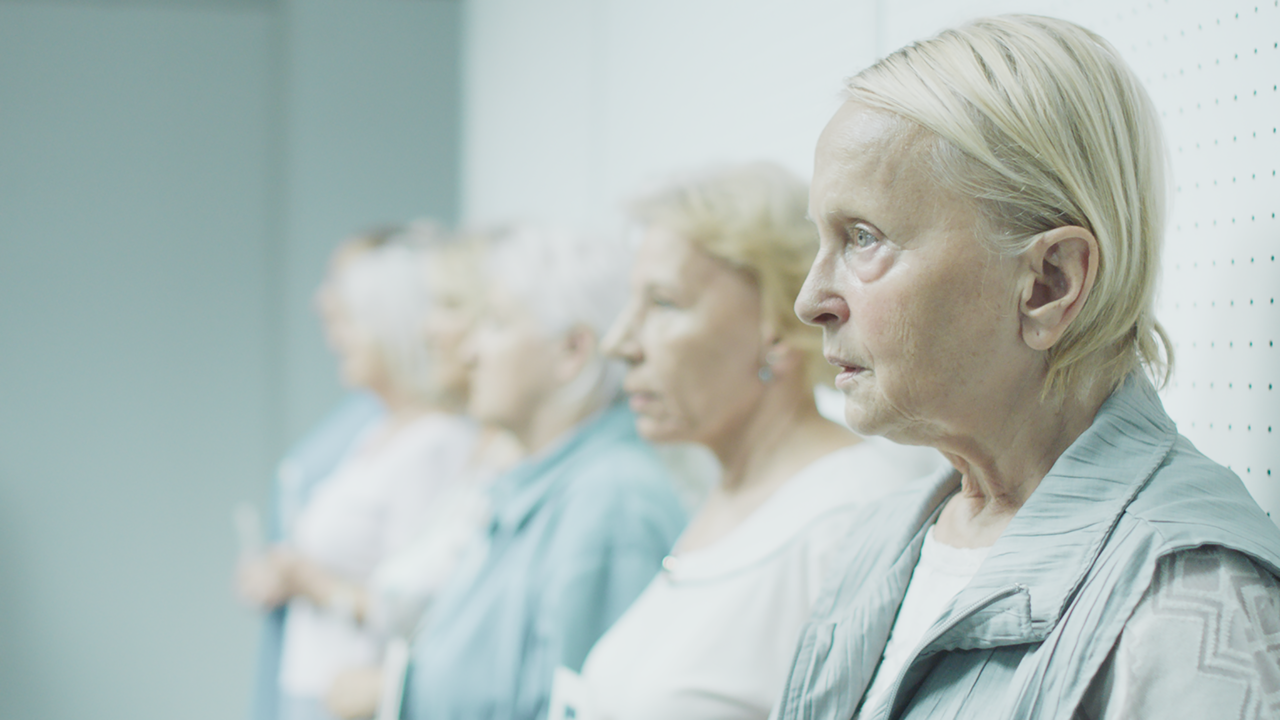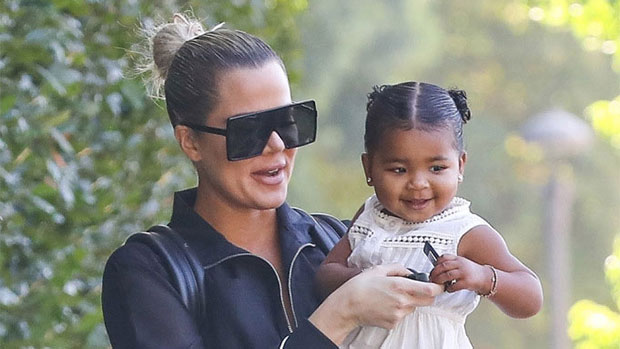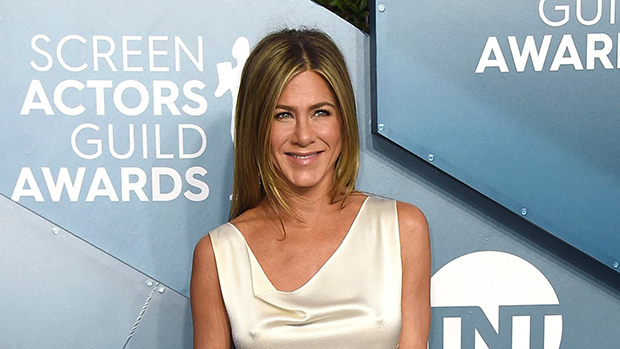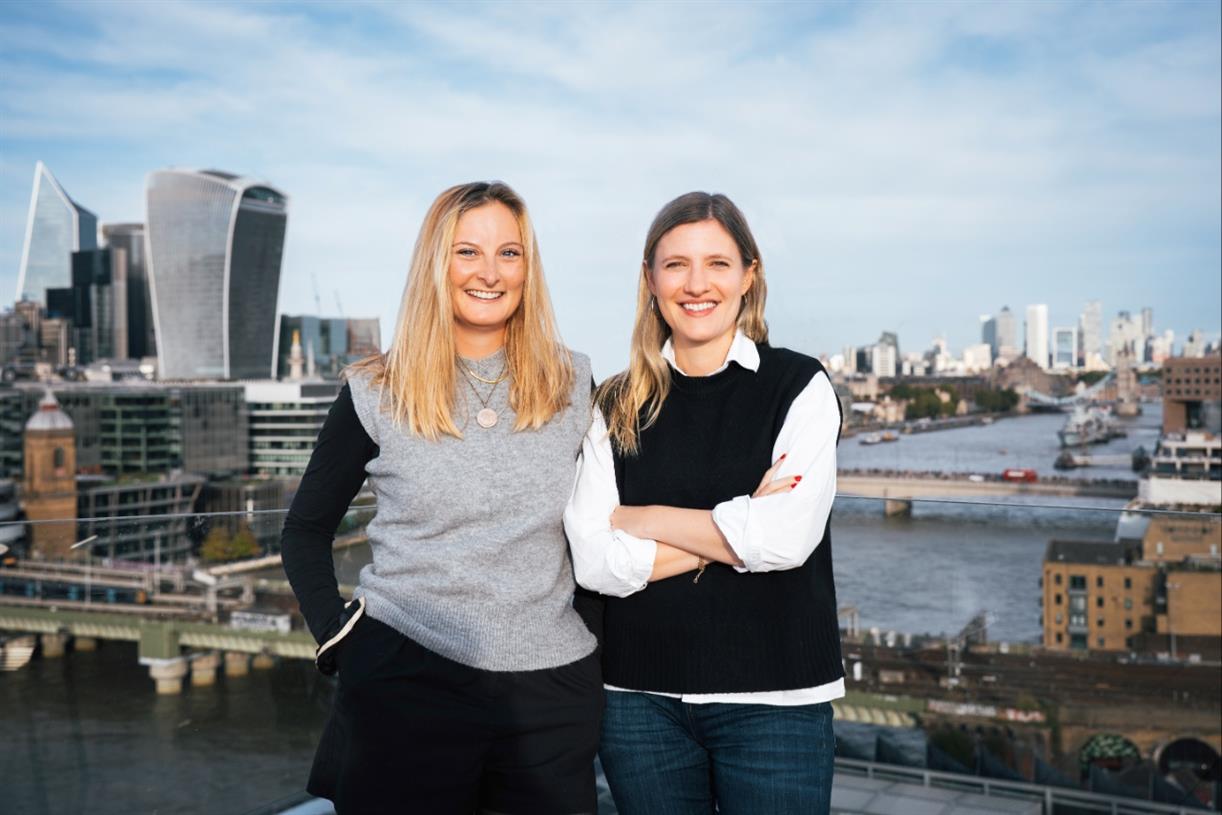Tribeca 2022 Women Directors: Meet Anna Jadowska – “Woman on the Roof”
Anna Jadowska’s feature “Touch Me” screened at the Berlinale and won Poland’s Grand Independent Cinema Prize. Her short “Corridor” was selected as part of Cannes’ International Critics’ Week. Jadowska won the Best Polish Debut Award for her film “Now,...

Anna Jadowska’s feature “Touch Me” screened at the Berlinale and won Poland’s Grand Independent Cinema Prize. Her short “Corridor” was selected as part of Cannes’ International Critics’ Week. Jadowska won the Best Polish Debut Award for her film “Now, Me.” Her most recent feature, 2017’s “Wild Roses,” received numerous accolades, including the Impact Award at Stockholm International Film Festival.
“Woman on the Roof” is screening at the 2022 Tribeca Film Festival, which is taking place June 8-19.
W&H: Describe the film for us in your own words.
AJ: This is the story of a woman who[, in desperation,] decides to rob a bank. Mira is 60 years old and works as a midwife. She has a son and a husband. All housework rests on her shoulders. Mira cannot ask for help and does not know her own needs. Only after the incident do her traumatic experiences make her start to look at her life from a different perspective.
W&H: What drew you to this story?
AJ: A few years ago, I read an article about a woman who robbed a bank. I felt this story resonated with me — especially the decision to do something so extreme, even for the main character herself. In my scripts, I always start with a character — it was the same in this case — and this character’s story wanted to be told.
W&H: What do you want people to think about after they watch the film?
AJ: I wish people would think it’s never too late to change. Sometimes it’s worth doing something that goes beyond the daily routine. It doesn’t have to be a bank robbery right away, but something minor — the first step that allows the perverse inner voice to act.
W&H: What was the biggest challenge in making the film?
AJ: For me, the biggest challenge is always the process of making a film itself, which is very long. We’ve been making this film for about five years. So for five years this heroine has lived in my head and took up part of my brain.
W&H: How did you get your film funded? Share some insights into how you got the film made.
AJ: Our film is a co-production, Polish-Swedish-French. My producer, Maria Blicharska, raised funds from various countries to [secure] the budget. It was complicated, but it turned out to be possible.
W&H: What inspired you to become a filmmaker?
AJ: I’ve always wanted to be a writer, I became a director a bit by accident. After my initial studies, I decided to do something else and I decided to go to film school. To my surprise, I got in and I’m making movies now.
W&H: What’s the best and worst advice you’ve received?
AJ: Before filming “Woman on the Roof,” my friend, also a female director, told me, “trust yourself,” and it often came back to me during the shooting.
I don’t remember the worst advice, I just throw it out of my head.
W&H: What advice do you have for other women directors?
AJ: My advice is that we should tell stories that no one but us will tell.
W&H: Name your favorite woman-directed film and why.
AJ: I really like Andrea Arnold’s films. She has her own approach to characters, she is very brave and determined in her choices.
W&H: How are you adjusting to life during the COVID-19 pandemic? Are you keeping creative, and if so, how?
AJ: Life in a pandemic was difficult, but now with a war in Ukraine the pandemic seems unimportant. Poles try to help in a huge way, but the awareness that people are dying, women are raped, and it is happening here and now, is totally overwhelming.
W&H: The film industry has a long history of underrepresenting people of color onscreen and behind the scenes and reinforcing — and creating — negative stereotypes. What actions do you think need to be taken to make Hollywood and/or the doc world more inclusive?
AJ: I think it’s important to tell stories that will show the complexity of our world. It is also important that financing and producing institutions include people who will represent various circles.

 MikeTyes
MikeTyes 
































